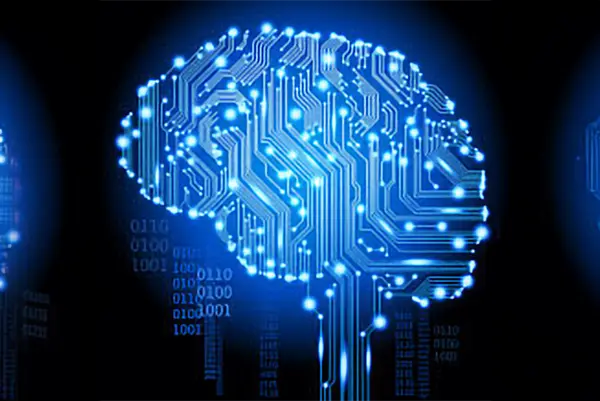
In a significant leap forward for artificial intelligence, scientists from Northwestern University, Boston College, and the Massachusetts Institute of Technology (MIT) have unveiled a revolutionary transistor that mirrors the intricate capabilities of the human brain. Published in the journal Nature, the groundbreaking technology not only processes information at high speed and consumes minimal power but also possesses the unique ability to simultaneously process and store data, akin to the architecture of the human brain.
Mark C. Hersam of Northwestern University elucidates the fundamental difference between the brain’s architecture and that of a digital computer. In a digital setup, data shuttles between the microprocessor and memory, consuming substantial power and creating bottlenecks during multitasking. In contrast, the brain integrates memory and information processing, ensuring energy efficiency at a significantly higher magnitude. The newly developed synaptic transistor aligns with this brain-inspired model, accomplishing both memory and information processing functions concurrently.
The innovation holds paramount significance in the era of big data, particularly for advancing artificial intelligence and machine learning tasks. Hersam emphasizes the necessity to rethink hardware in this context, and the synaptic transistor emerges as a crucial component in this hardware reevaluation.
The construction of the transistor involves the strategic combination of two ultrathin materials: double-layer graphene and hexagonal boron nitride. Researchers intentionally induced distortion by rotating one layer relative to the other, endowing each graphene layer with distinct electronic properties. This deliberate distortion proved instrumental in achieving associative learning capabilities, a hallmark feature observed in the brain’s information processing.
The real-world applications of this brain-inspired transistor are extensive. In scenarios such as self-driving vehicles facing adverse weather conditions, where complex sensor data interpretation can challenge conventional AI systems, this innovative transistor shines. Even when provided with imperfect input, it demonstrated an impressive ability to identify the correct answer, showcasing its robustness in complex and dynamic environments.
As we stand on the precipice of a new era in information processing, this brain-inspired transistor paves the way for more energy-efficient and versatile hardware, propelling artificial intelligence to unprecedented heights. The convergence of neuroscience principles and cutting-edge materials science marks a milestone in the quest to emulate the efficiency and adaptability of the human brain in technological innovations.